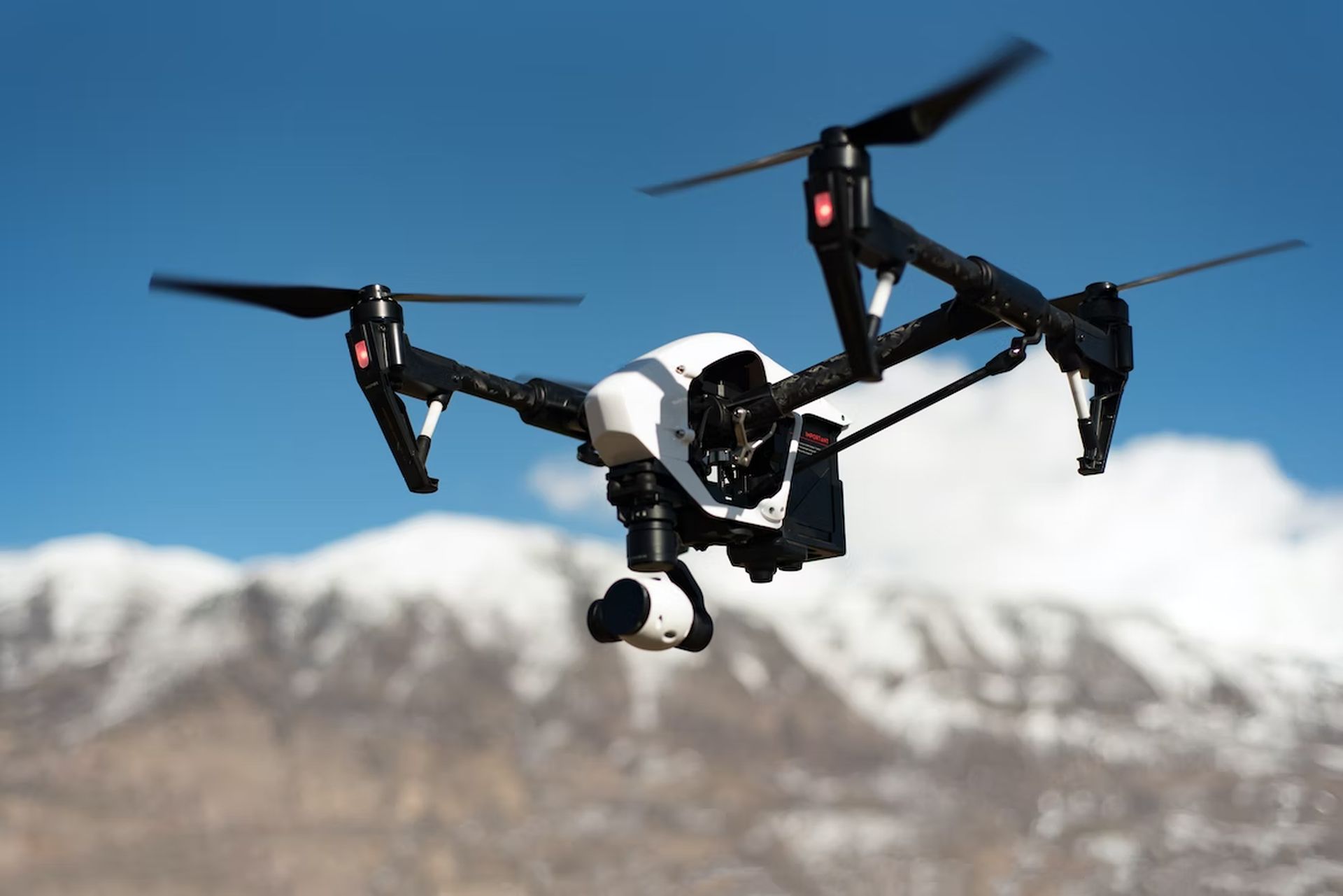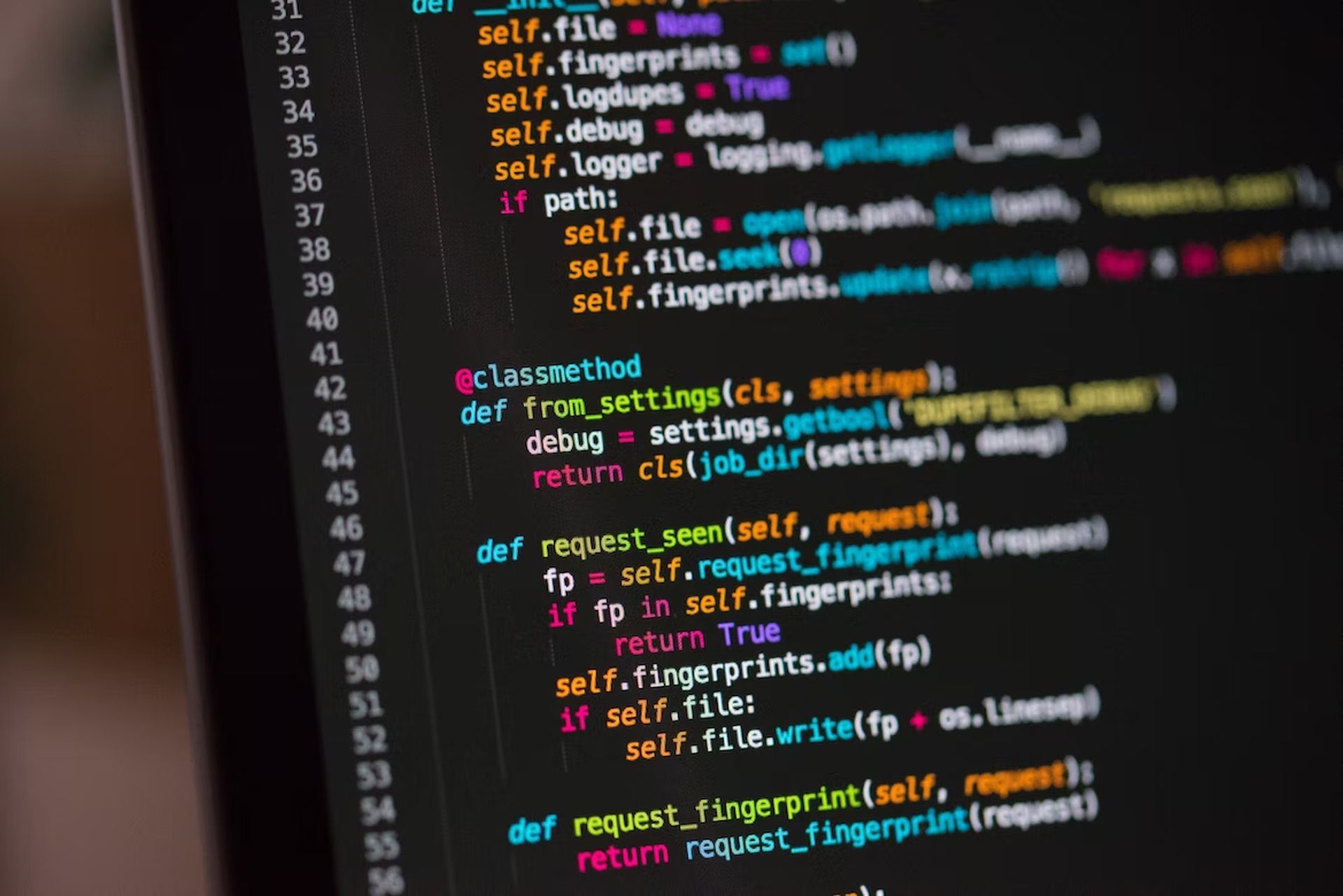- A team of scientists from Incheon National University in South Korea developed a collaborative AI infrastructure for aerial and ground operations using UAVs and mobile robots.
- This AI infrastructure might deliver monitoring and epidemic prevention services and activities for smart cities.
- According to the researchers, to achieve its full potential, the technology must be combined with UAVs and mobile robots, as they can assist and complement one another.
A team of experts from South Korea’s Incheon National University created a collaborative infrastructure for AI-assisted aerial and ground operations employing UAVs and mobile robots. This AI infrastructure might be utilized to provide smart cities with monitoring and epidemic prevention services and activities.

Benefits of a collaborative AI infrastructure
Experts are becoming more interested in the possibilities of mobile robots and unmanned aerial vehicles, or UAVs. These technologies have several advantages, and the emergence of 5G technology is projected to enable UAVs, drones, and mobile robots to perform various services in smart cities efficiently and safely. Some of these services might involve monitoring and pandemic prevention, with robots placed in various areas to execute tasks such as rescue missions.
These sorts of operations are currently independent of one another. According to the researchers, the technologies must be utilized in tandem to reach the full potential of UAVs and mobile robots since they can support and complement one another. The collaborative AI infrastructure was created by a team of researchers led by Associate Professor Hyunbum Kim of Incheon National University, and the report was published on the IEEE Network.

The team describes the overall framework for using UAVs and mobile robots in public and private areas for a variety of functions such as patrolling, disease control, and accident detection and rescue.
Dr. Kim said, “It is critical to look at surveillance and unprecedented epidemic spread such as COVID-19 together. This is why we designed the next generation system to focus on aerial-ground surveillance and epidemic prevention supported by intelligent mobile robots and smart UAVs.”
The newly developed collaborative AI infrastructure is divided into two subsystems. The first is for public spaces, while the second is for private areas. Both systems contain a Centralized Administrator Center (CAC) linked to numerous Unified Rendezvous Stations (URS) in public locations.

The URSs allow the UAVs and mobile robots to receive replenishment and communicate data, and the mobile robots also have charging capabilities for aerial docking UAVs. While the governmental system concentrates on patrolling public places, identifying accidents, administering help, and preventing epidemics, the private system may provide speedy medical delivery and at-home screening tests.
Most companies don’t trust AI to make autonomous business decisions
Dr. Kim emphasizes that privacy is a crucial concern with the collaborative AI infrastructure. “Privacy is indeed a major concern for any surveillance mechanism. Therefore, we have created different privacy settings for different systems. The public system has restricted districts where only authorized public UAVs can enter. For the private system, there are permanent private zones where no UAVs can enter except in emergencies and temporal access zones where permitted UAVs can enter with legal permission from the owners.”





